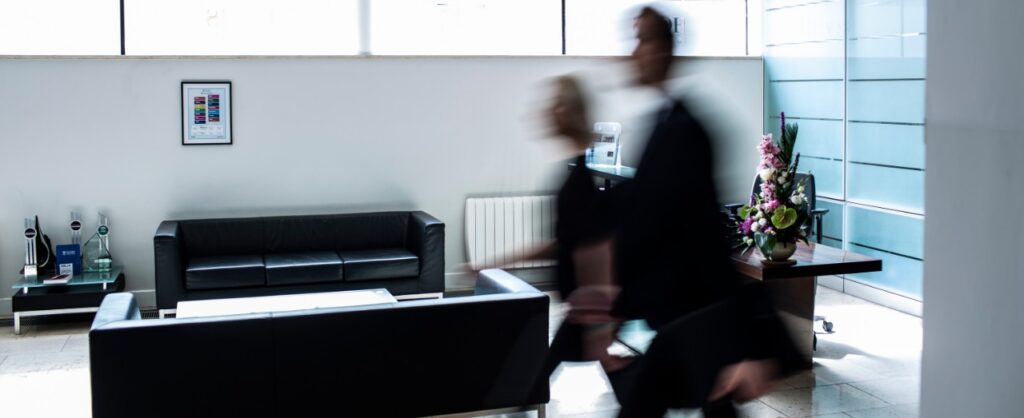You may take legal action after you have been involved in an accident at work or injured because of your employer's actions or negligence.*
Personal injury claims generally involve:
- A plaintiff or claimant – this is the person making the claim (you).
- A defendant – the person(s) you are making the claim against.
- Your solicitor
- PIAB – Personal Injury Assessment Board (often called the Injuries Board). PIAB assesses most personal injury claims before any further steps are considered.
What Are The Common Causes Of Injury At Work?
Injuries in the workplace can be sustained in a wide array of accident types. As a personal injury law firm with over 50 years experience representing injured parties Ireland we understand the nature of various types of accidents. We are able to articulate the effects they have on a client’s life, and the types of medical care required, in the context of a personal injury case.
Accidents at work can have multiple causes. Here are just some of them:


